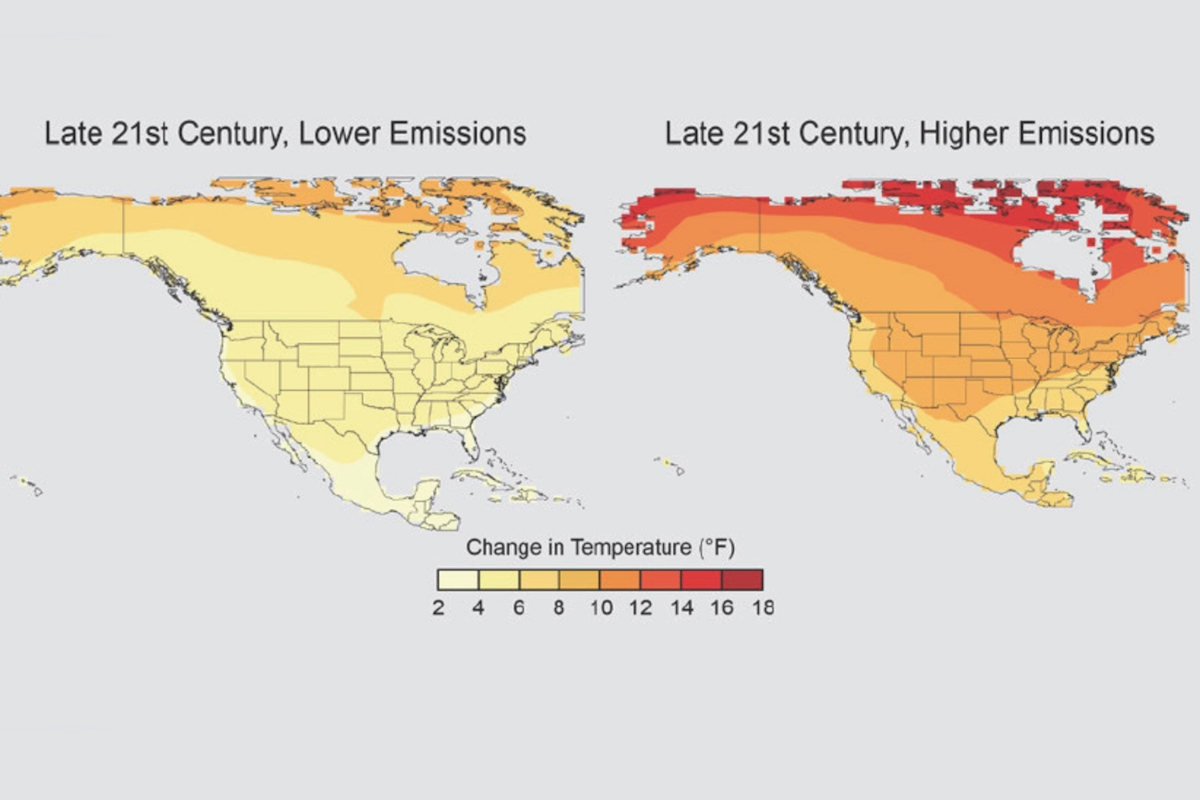Hurricane Harvey’s landfall in Texas was “unprecedented” and “beyond anything experienced,” as the National Weather Service described it late last month. Now scientists are beginning to quantify just how unprecedented it was.
A study released Friday by Metstat, a weather-analysis company specializing in “detailed precipitation analysis” and “weather frequency analysis,” found that Harvey delivered a stunning once-in-25,000-year deluge over much of southeast Texas.
Some places saw an unimaginable once-in-500,000-year deluge, which translates to a 0.0002 percent chance of this deluge occurring in any given year. Probabilities that extreme “are calculated by extrapolating the distribution curves for precipitation observed over the last century,” Metstat’s Shauna Bokn explained.
Since global warming has been making extreme precipitation events more likely, however, the U.S. won’t have to wait 25,000 years to witness the next event of Harvey’s proportion. That’s especially true the longer the country is forced to reckon with President Donald Trump’s effort to undermine domestic and global climate action.
You may have read that Hurricane Harvey was a once-in-a-1000 year storm. It turns out that’s true if you look only at the highest one-day rainfall total.
But what made Harvey a truly off-the-charts storm is that it stalled in place for days while maintaining much of its strength. This led to five-day rainfall totals that blew past the previous all-time record for the continental United States of 48 inches. The National Weather Service recorded an astonishing total of 51.88 inches of rain in Cedar Bayou, Texas.
“Many textbooks have the 60-inch mark as a once-in-a-million-year recurrence interval,” the Washington Post’s Capital Weather Gang pointed out in late August. (Thankfully, Houston’s rainfall totals didn’t reach that mark.)
To do its analysis, MetStat used an approach based on “average recurrence intervals” — essentially, how long we would expect to have to wait for a Harvey-level deluge to occur again in a given area, based on historical rainfall records.

This analysis shows maximum recurrence intervals of over 500,000 years at some localities. Bokn notes that “although extremely rare, rainfall statistics of this nature are routinely computed by companies like MetStat to ensure the safe operation and design of large dams and nuclear power plants.”
But, again, to be clear, that’s all based on historical precipitation data over the past century. Human-caused climate change is shifting the baselines. In regard to Harvey, MetStat found that “an interesting atmospheric setup was present that allowed it to stay alive for so long; bringing devastation over such a widespread area.” In particular, “the jet stream was located at very high latitudes, allowed for very light wind shear over Texas, and this aided in the lack of movement for Harvey.”
As climatologist Michael Mann explained during the storm, “the kind of stalled weather pattern that is drenching Houston is precisely the sort of pattern we expect because of climate change.” Climate science predicted a weaker jet stream, and Harvey stalled because of a weakened jet stream.
It’s too soon to say how much human-caused climate change contributed to increasing the likelihood of Harvey’s five-day rainfall totals. Detailed attribution analysis will be required to better understand that exact relationship.
For now, what we can say is that the longer we delay serious action to both address the cause of climate change and help communities better prepare to deal with its effects, the more likely it is that Houston or another city will be devastated by a Harvey-level deluge this century.


